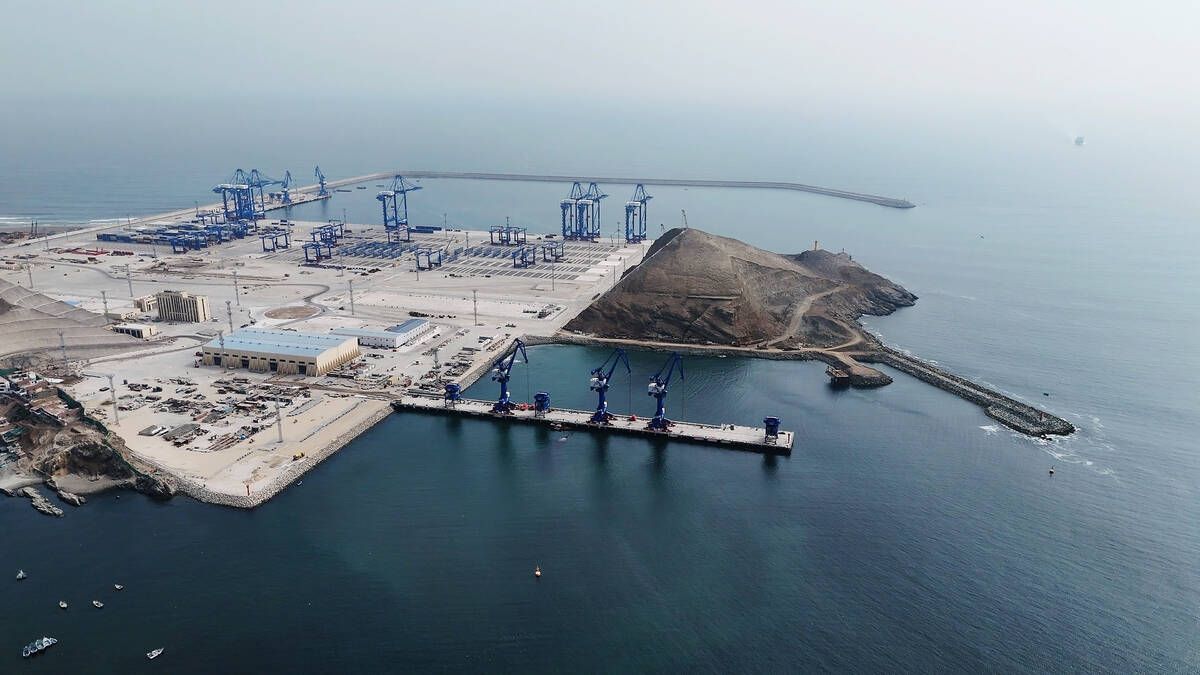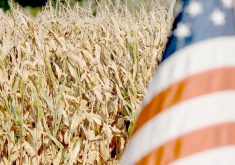The Canadian Meat Council is proposing that the federal government contribute more than $250 million a year to improve packing industry competitiveness and food safety.
Council executive director James Laws told the House of Commons finance committee Oct. 8 that $21.4 million in annual meat inspection fees and $35.6 million to implement the enhanced specified risk material removal rule are costs American packers do not face.
In the wake of growing government and consumer demands for increased food safety, Laws said packers need government matching funds to buy the necessary equipment.
Read Also

Geopolitics can change trade routes
WHISTLER, B.C. — Today’s geopolitical tensions could have dire long-term consequences, says the director of international policy at the University…
“Needless to say, the lessons learned from the listeria outbreak of the summer of 2008 indicate that more needs to be invested in food safety technologies.”
He referred to a high-pressure pasteurizer machine that could sharply reduce the danger of listeria bacteria in ready-to-eat meat plants.
There are just five in the country and the larger machines cost $4 million each.
“It’s a huge investment, but if we really wanted to solve the problem in a hurry, we estimate that it would cost $400 million to equip, to pretty well handle all of the ready-to-eat meat across Canada,” he told Liberal finance critic John McCallum, who wondered why government should be subsidizing company costs.
“And based on a 50-50 shared program, that would be $200 million for the year.”
Laws said that is the estimate for just one food product sector.
“I realize there’s lots of other food sectors across Canada,” he said.
“It is a huge investment and food in Canada is very cheap, very inexpensive. Profit margins on many of the meat companies are very low. That’s why we believe that it would be a well worthwhile program that benefits all Canadians.”
Laws told MPs holding pre-budget hearings that meat inspection fees, export certificates and label approvals “constitute a competitive disadvantage to Canadian meat processors.”
American processors and provincially regulated plants do not face such fees, he said, and the Canadian Food Inspection Agency should drop them.
“Some would argue that paying meat inspection fees compromises the independence of the regulator.”
He said the imposition in 2007 of stricter rules on where SRM material can be used and how it must be destroyed moved Canada far ahead of American requirements.
“Canada should offset the cost of the enhanced ruminant feed ban regulations,” he said. “Our latest survey shows that these cost our federal industry $35.6 million per year.”














